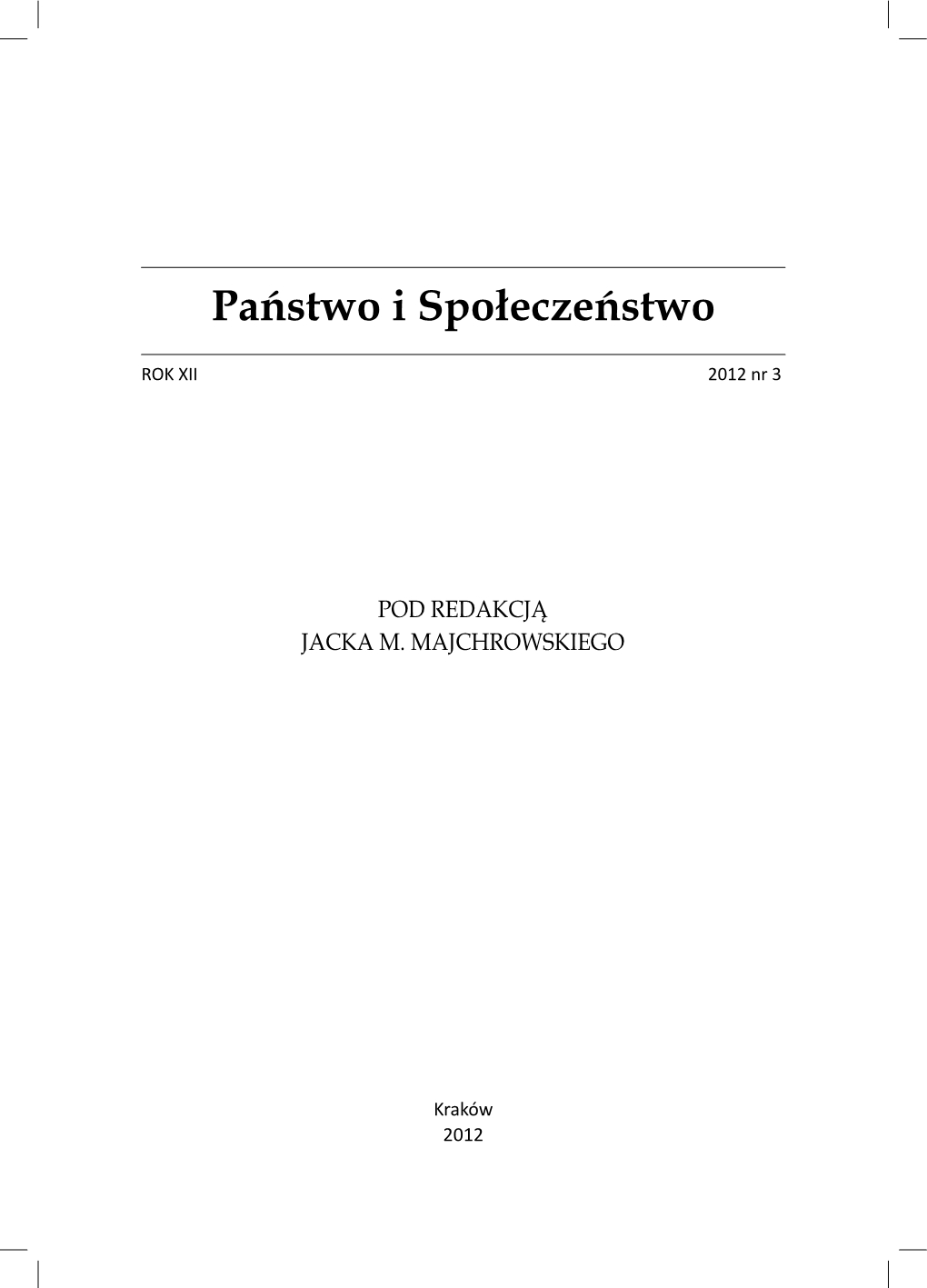Jan Hempel: neopogaństwo lewicowe
Jan Hempel: leftist neo-paganism
Author(s): Agnieszka GajdaSubject(s): Political Philosophy, Theology and Religion, Politics and religion, Culture and social structure , Sociology of Religion, Politics and Identity
Published by: Oficyna Wydawnicza KA AFM
Keywords: Jan Hempel; neo-paganism; leftist neo-paganism; the no-god religion;
Summary/Abstract: Polish Neo-Paganism is a wide cultural and social movement with clear religious features, referring to the pre-Christian Slavic culture and religion of Polish ancestry. In its mainstream it is nationalist, proslavic and pantheistic. The biggest influence on the Polish Neo-Paganism had Zadruga group and Jan Stoigniew Stachniuk. The achievements of this environment, as well as of a group of Stanisław Szukalski, determined the perception of Polish Neo-Paganism as nationalistic. However, this intellectual current contains a much broader spectrum of political and social views. A prime example is Józef Niećko’s “słowianizm”, which can be described as a peasant Neo-Paganism and Jan Hempel’s “no-god religion” (“religia bezboska”), which is a left-wing trend in Polish neo-paganism. In “The Piast’s Sermons” (Kazania Piastowe, 1912) Hempel sketched his concept of a new religion and a new morality – religion without the God, religion of the freedom, religion of the human “I”. He found its model in the Slavic pagan religion. Mythic Piast was for Hempel the desired ideal of man – free, acting in accordance with his own will (harmonious with the tendencies of the Universe), strong, heroic, hospitable, respectful of others, working. This Piast’s dignified ethics of freedom was recognized by Hempel as exemplary and contrasted with its anthithesis, which degrades human being – the Christianity.
Journal: Państwo i Społeczeństwo
- Issue Year: XII/2012
- Issue No: 3
- Page Range: 131-139
- Page Count: 9
- Language: Polish

